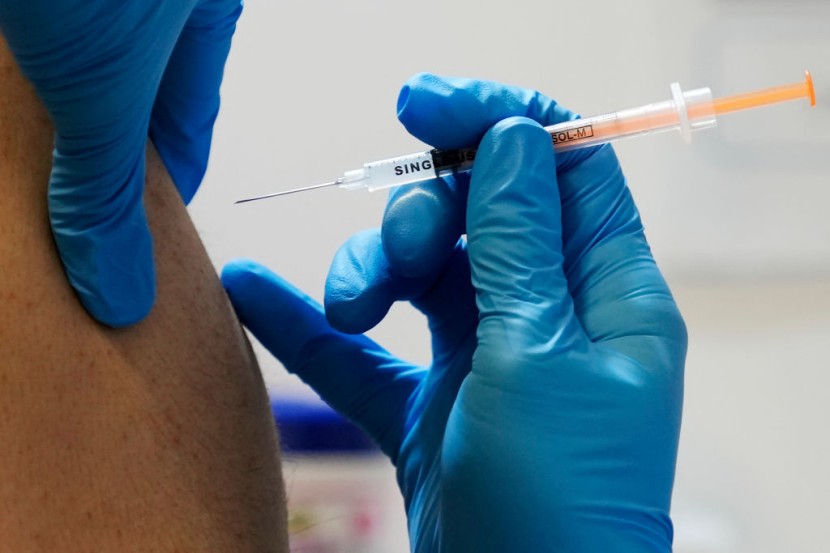
Experts are concerned that Australians may acquire a drug-resistant variant of COVID-19, prompting requests for more surveillance to better control outbreaks. One of the major drugs used to treat individuals with severe instances of COVID-19, sotrovimab, is causing the virus to evolve.
If the mutation spreads across the community, people who are immunocompromised or old will be unable to get Sotrovimab treatment. Dr. Rebecca Rockett of Sydney University evaluated 100 COVID-19 patients in health care institutions across Western Sydney, New South Wales, between August and November during the Delta outbreak.
Australian Patients Develop Drug-Resistant COVID-19 Mutation
According to the findings, the virus mutated in four of the patients who got the medicine within six to thirteen days, rendering the treatment useless. After being cultivated in a laboratory dish, samples of the altered form acquired from the patients showed it could spread to others.
The fact that the majority of the individuals in the research were immunocompromised lends credence to the notion that variations evolved in persons with such illnesses. As a result, she believes that clinicians should conduct intensive surveillance of critically sick COVID-19 patients and find drug-resistant mutations early to prevent the virus from spreading.
Professor Vitali Sintchenko of the Sydney Institute for Infectious Diseases stressed the importance of genomic surveillance in reducing the probability of treatment failure and the spread of drug-resistant variations, according to Daily Mail. Another issue is that other virus strains may be able to adapt to avoid other monoclonal antibody therapies, and there is currently no good surveillance system in place since the COVID-19 crisis has compelled health officials to act rapidly.
COVID-19 Cases in Australia Surge
The findings come as the number of COVID-19 infections in NSW has increased, with 16,288 cases confirmed on Thursday. Compared to the preceding 24-hour reporting period, the number of daily cases registered by NSW Health increased by more than 3000.
As individuals return to work, school, and a regular way of life, the increase in new infections has been ascribed to a relaxation of COVID-19 limitations and much increased social mixing.vPreliminary data from UNSW modeling revealed that new COVID-19 cases would quadruple in the next four to six weeks, according to Health Minister Brad Hazzard, who spoke at a budget estimates meeting on Thursday.
She stated the sublineage was more transmissible, but there was no proof it was more or less severe, and that early forecasts suggest a potential increase in case of numbers from March to April and May, thanks to the spreading BA.2 subvariant, 7News reported.
COVID-19 has claimed the lives of eight persons in Victoria, five in Queensland, one in the Northern Territory, and four each in NSW and South Australia. With national daily mortality rates on the down, NSW is dealing with a novel Omicron subvariant spreading across the state, potentially doubling COVID-19 cases in weeks.
On Thursday, Health Minister Brad Hazzard testified at a budget hearing, saying that the state had registered 16,288 new cases, up from almost 3,000 the day before.
According to the University of NSW data, the BA2 sub-variant of Omicron is more transmissible. With just 56.3 percent of adults having had three vaccination doses, Hazzard is concerned that people have gotten complacent about receiving a booster injection.
According to Acting Chief Health Officer Marianne Gale, the scientific word for the Omicron BA2 sub-variant is a "sublineage," and the main type in NSW had been BA1, as per SBS News.
Related Article : COVID-19 Mild Case Can Still Damage Brain, Addle Thinking, Scientists Discover Along With New Gene Differences in Severe Patients
@YouTube
© 2025 HNGN, All rights reserved. Do not reproduce without permission.








